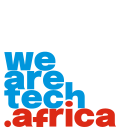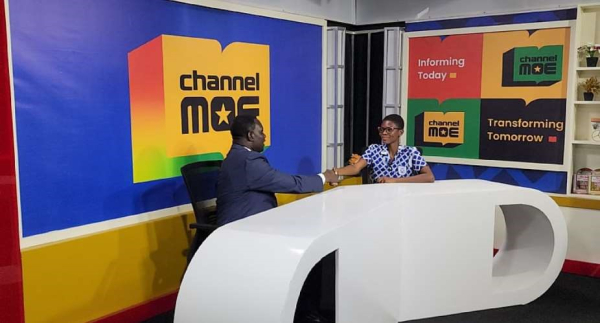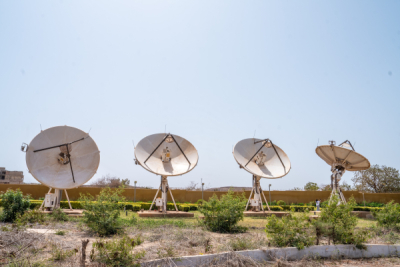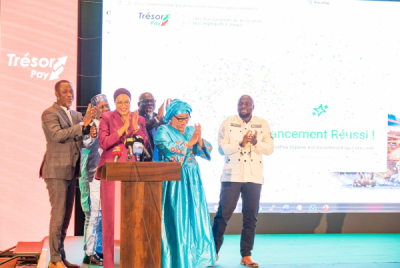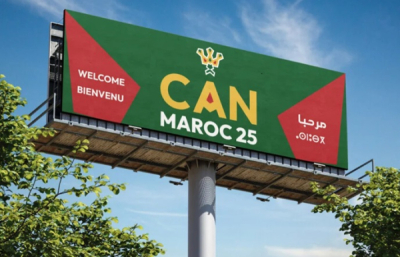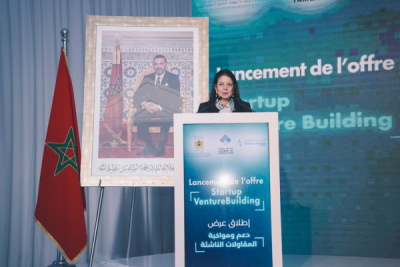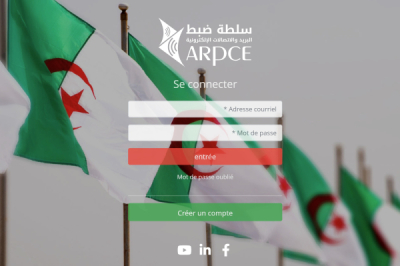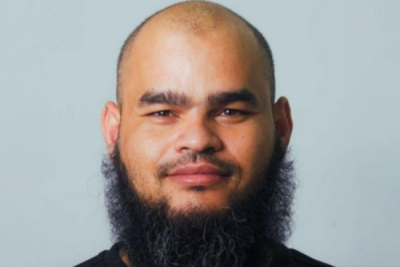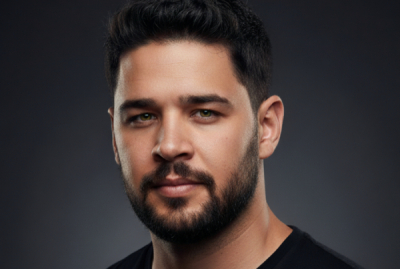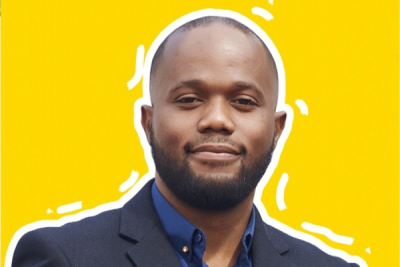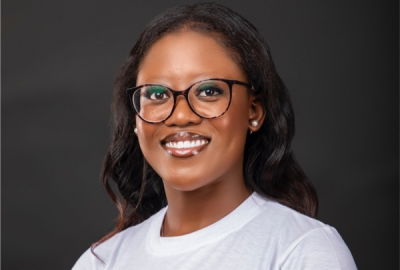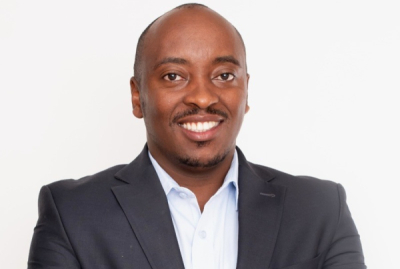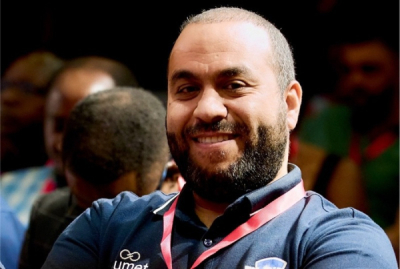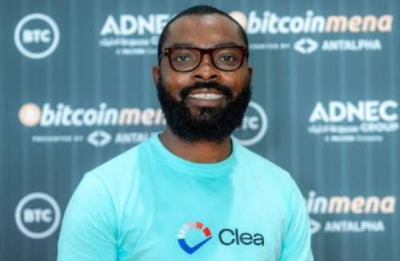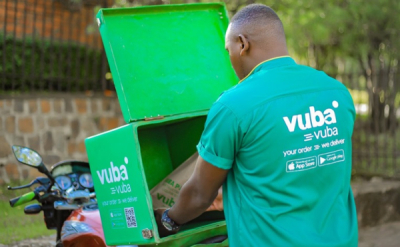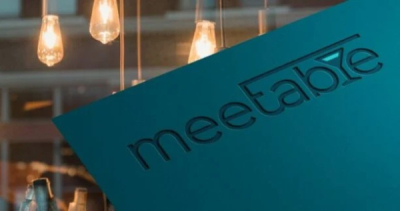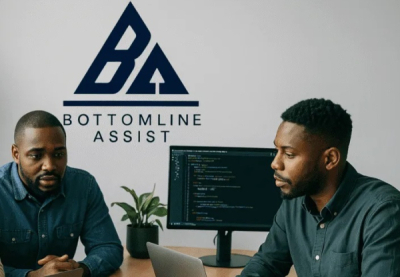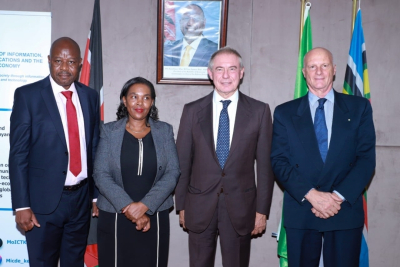The African education sector faces long-standing challenges in accessibility, quality, and equity in learning resources. Digital tools can be leveraged to address these challenges to overcome disparities in access to quality education, especially in rural and underserved areas.
The Ghana Ministry of Education officially launched, on December 2, Channel MOE, a dedicated television channel aimed at advancing education and fostering national development. The new channel will broadcast high-quality educational content for students, teachers, parents, and global audiences.
During the launch event, Dr. Yaw Osei Adutwum, Minister of Education and Member of Parliament for Bosomtwe, expressed enthusiasm for the channel's debut. He emphasized that Channel MOE would enhance learning opportunities by providing access to educational resources and showcasing advancements in education. It is designed to support teaching, learning, and broader information dissemination.
Dr. Adutwum credited the successful launch to Nana Gyamfi Adwabour, Executive Director of the Centre for National Distance Learning and Open Schooling (CENDLOS), and the agency’s dedicated staff. He also acknowledged key development partners, including Planned International, UNICEF, and CEMFED Ghana, for their contributions to the channel's establishment, including the procurement, installation, and test transmissions. He stressed the importance of ensuring equal access to education for all children, regardless of background, as part of Ghana's broader commitment to quality education.
According to Ghana’s Education Sector Report 2022, basic schools in the country have a teacher-to-student ratio of 1:27, and secondary schools 1:16. However, rural areas face a severe teacher distribution imbalance, leaving many public primary schools without teachers and causing 30 daily student dropouts. Additionally, 61% of rural children aged 7 to 14 lack core reading and numeracy skills, significantly affecting the country’s literacy rate. By broadcasting quality educational content, the channel has the potential to bridge the teacher-student gap, particularly in underserved rural areas.
The launch of Channel MOE marks a significant step in leveraging technology to bridge gaps in education and reach a broader audience. With the support of government and international partners, the channel is expected to play a vital role in enhancing educational equity and building a brighter future for Ghana.
Hikmatu Bilali
